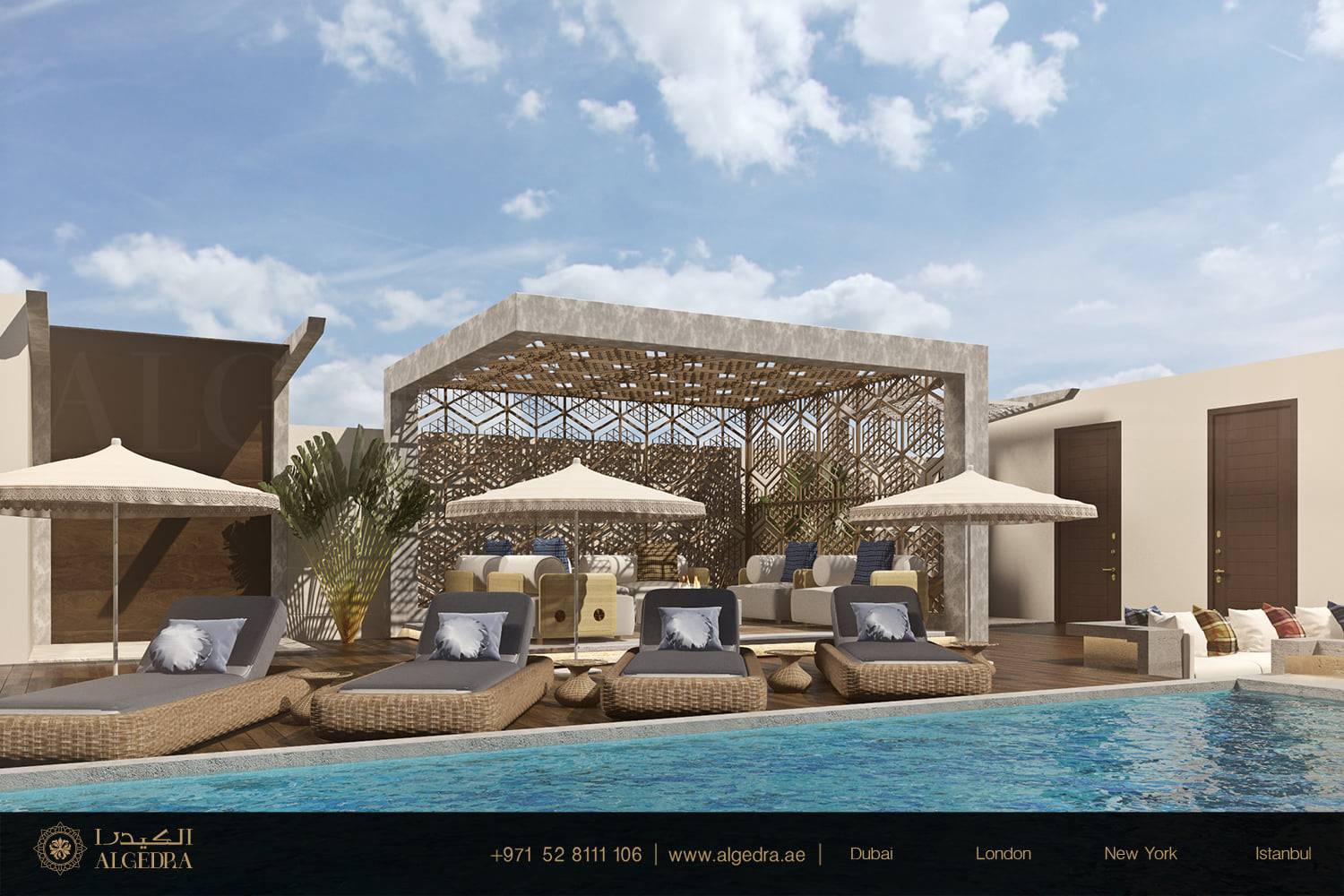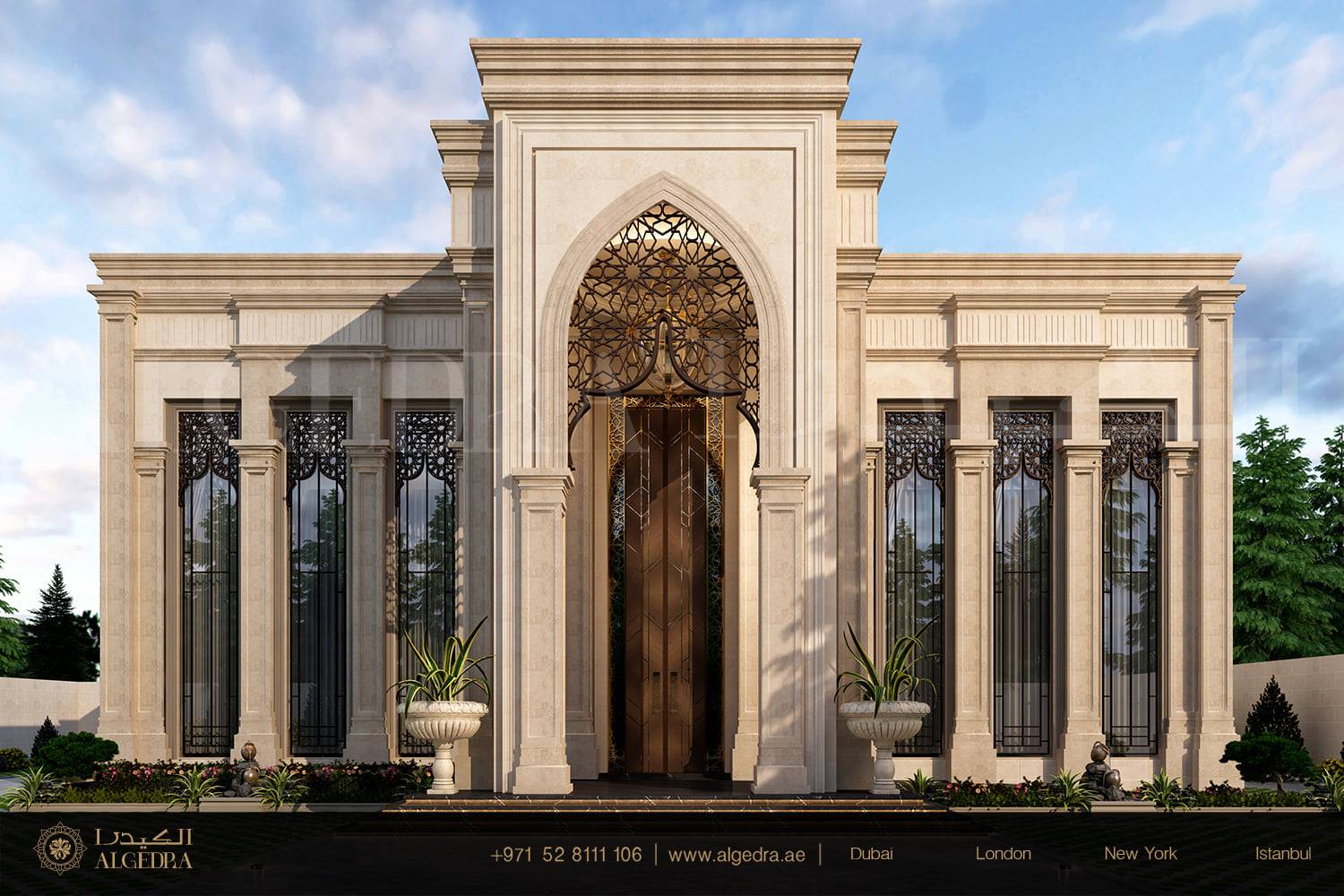zaha hadid architects and leigh & orange (L&O) have unveiled the new design for a student housing complex at the hong kong university of science and technology (HKUST). embedded within a steeply sloping site at the southeast of the university campus, the student residence development is characterized by a rooftop walkway that serves as the primary circulation. the university’s new halls of residence will house over 1.500 students, while the project is planned for completion in 2023.
 zaha hadid architects (ZHA) and leigh & orange (L&O)’s design for the new student housing complex at HKUST marries advanced digital design technologies with sustainable construction practices and operational strategies for its 50-year life cycle. the project is located at the southeast of the campus, embedded within a steeply sloping site of approximately 25m of level difference. its roof line has been designed as its primary circulation and incorporates shaded outdoor areas for students and staff to rest and gather, helping to build a stronger cross-campus culture. the rooftop walkway also creates a new connection between the academic blocks of the north campus and the primarily residential blocks of the south.
zaha hadid architects (ZHA) and leigh & orange (L&O)’s design for the new student housing complex at HKUST marries advanced digital design technologies with sustainable construction practices and operational strategies for its 50-year life cycle. the project is located at the southeast of the campus, embedded within a steeply sloping site of approximately 25m of level difference. its roof line has been designed as its primary circulation and incorporates shaded outdoor areas for students and staff to rest and gather, helping to build a stronger cross-campus culture. the rooftop walkway also creates a new connection between the academic blocks of the north campus and the primarily residential blocks of the south.
 the complex is organized in a hexagonal configuration that creates four courtyards terraced into the steeply sloping site. with all rooms facing open spaces, the approximately 35.500 sqm of accommodation includes communal areas for living, learning, recreation and leisure. the courtyards are designed to be quieter spaces for rest and relaxation, while the surrounding hillside will be replanted to prevent soil erosion with zones for exercise and social activities.
the complex is organized in a hexagonal configuration that creates four courtyards terraced into the steeply sloping site. with all rooms facing open spaces, the approximately 35.500 sqm of accommodation includes communal areas for living, learning, recreation and leisure. the courtyards are designed to be quieter spaces for rest and relaxation, while the surrounding hillside will be replanted to prevent soil erosion with zones for exercise and social activities.
 the residences are arranged in three differing ‘clusters’ that combine communal living spaces with a varying number of single or double occupancy bedrooms. the ‘Y’ cluster apartments accommodate 27 students with study areas, relaxation lounge and kitchen, while the ‘V’ clusters house 36 students in a split level apartment with a double-height living space and stairs connecting the quieter study lounge on upper floor with the dining-kitchen area on lower level. finally, the ‘linear’ cluster of apartments house 18 students and include an open plan living area with kitchen that can be subdivided by partitions when required.
the residences are arranged in three differing ‘clusters’ that combine communal living spaces with a varying number of single or double occupancy bedrooms. the ‘Y’ cluster apartments accommodate 27 students with study areas, relaxation lounge and kitchen, while the ‘V’ clusters house 36 students in a split level apartment with a double-height living space and stairs connecting the quieter study lounge on upper floor with the dining-kitchen area on lower level. finally, the ‘linear’ cluster of apartments house 18 students and include an open plan living area with kitchen that can be subdivided by partitions when required.
 digital design tools allowing simultaneous considerations of numerous site parameters including terrain levels, solar radiation, sightlines and soil conditions have defined the design’s optimal configuration and orientation. at the same time, the the digital encoding of its internal spaces enabled layout tests to optimize functionality and adaptability, as well as accurate calculation of natural light levels. following hong kong government’s initiatives to increase build quality while also reducing construction time and waste, the building’s modular systems include pre-assembled façade units and washroom pods that are quickly installed on-site.
digital design tools allowing simultaneous considerations of numerous site parameters including terrain levels, solar radiation, sightlines and soil conditions have defined the design’s optimal configuration and orientation. at the same time, the the digital encoding of its internal spaces enabled layout tests to optimize functionality and adaptability, as well as accurate calculation of natural light levels. following hong kong government’s initiatives to increase build quality while also reducing construction time and waste, the building’s modular systems include pre-assembled façade units and washroom pods that are quickly installed on-site.
 the façade units are designed as a series of prefabricated modules that incorporate 70mm of thermal insulating layers and double glazed windows with a low shading co-efficient. digital mapping evaluations of solar paths and heat gain have determined the geometries of the external solar shading fins positioned above the windows within the façade units. also determined by these digital mapping evaluations, different colours of ceramic tiles are applied to flat areas of each precast façade module that vary in shade dependent on the solar heat gain calculated for each unit, creating a continuous mural that visualizes the building’s micro-climate and thermal considerations.
the façade units are designed as a series of prefabricated modules that incorporate 70mm of thermal insulating layers and double glazed windows with a low shading co-efficient. digital mapping evaluations of solar paths and heat gain have determined the geometries of the external solar shading fins positioned above the windows within the façade units. also determined by these digital mapping evaluations, different colours of ceramic tiles are applied to flat areas of each precast façade module that vary in shade dependent on the solar heat gain calculated for each unit, creating a continuous mural that visualizes the building’s micro-climate and thermal considerations.






